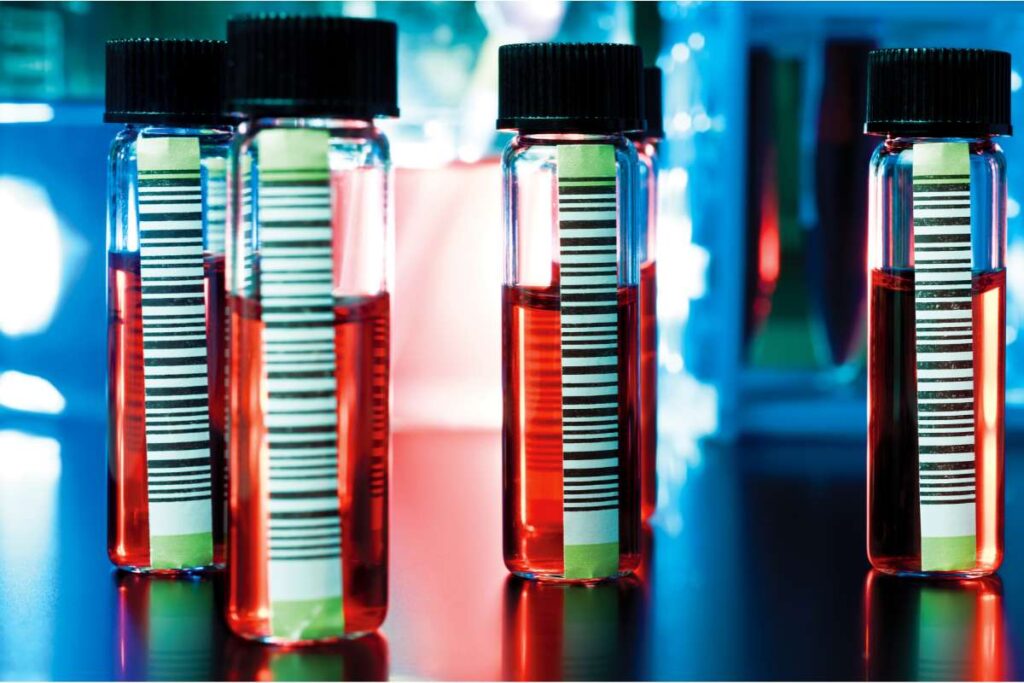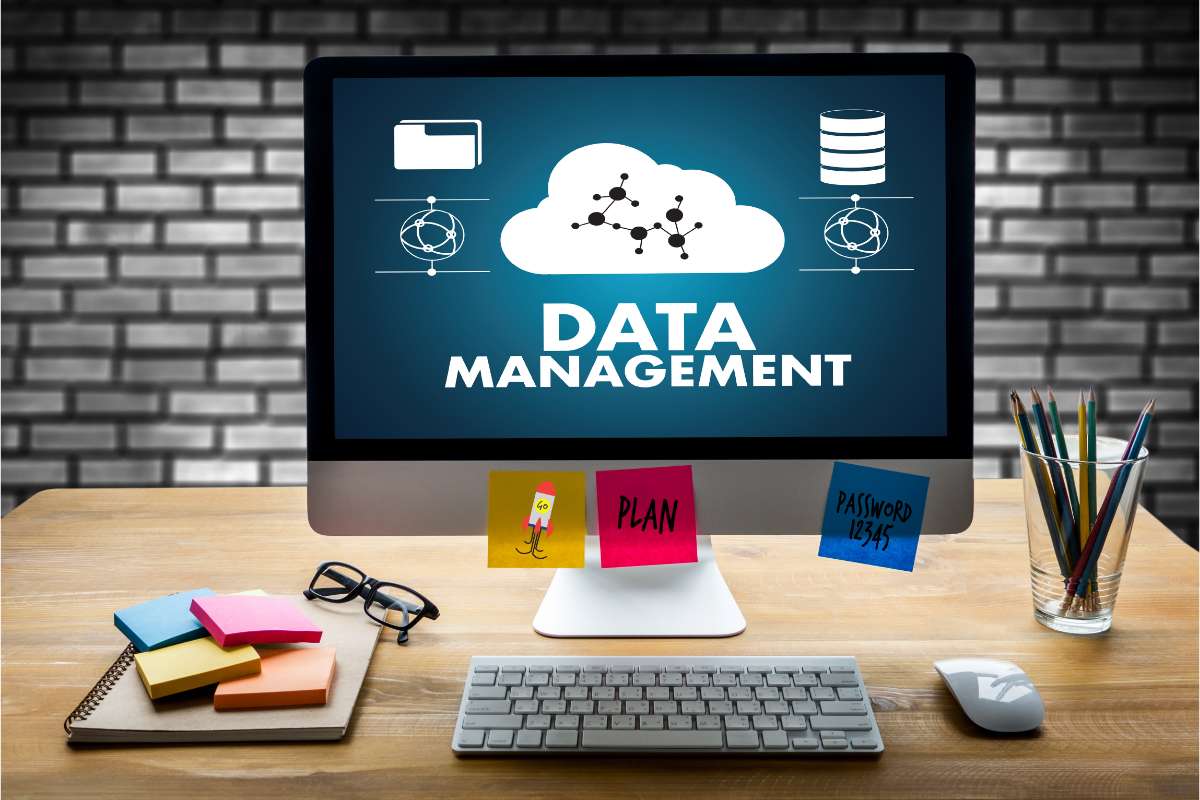Modern laboratories handle an increasing amount of data and complex processes, often governed by strict compliance and security requirements. In this context, laboratory software, also known as Laboratory Information Management Systems (LIMS), has become essential to efficiently manage information and optimise productivity. However, with numerous options available, it can be challenging to determine which features are truly essential in laboratory software.
This article presents the five key features to look for in effective laboratory software capable of meeting current needs and supporting your facility’s future growth.
Why is modern laboratory software essential today?
Today’s laboratory requirements have evolved significantly. With larger data volumes and a heightened need for traceability, modern laboratory software is more than just a tool; it has become a strategic asset. By centralising data, streamlining processes, and ensuring compliance, LIMS not only improve team efficiency but also reinforce the quality and security of operations. These software solutions’ modern features allow for effective management, error reduction, and automation of repetitive tasks—essential elements to remain competitive and meet current standards.
The 5 Essential Features in Modern Laboratory Software
1. Sample management
Sample management is one of the most fundamental and essential functions of laboratory software. It enables the tracking of each sample from reception to archiving, through all intermediate processing and analysis stages. This feature typically includes:
- Traceability: Each sample is traceable through a unique identifier.
- Organisation: Information related to samples is stored and organised centrally, allowing quick access and error reduction.
- Efficiency: Automated sample management improves processing speed, helping laboratories manage activity peaks more effectively.
Optimal sample management minimises the risk of losses and errors while ensuring better analysis quality. This feature is crucial for laboratories that handle numerous samples daily.

2. Data management and integration
A modern laboratory software must allow for the centralisation and integration of data from various instruments and systems. This data management is essential to ensure information consistency and accessibility across the laboratory. Well-designed software allows for data integration from multiple sources:
- Laboratory Instruments: Direct connection with instruments to automate results import.
- ERP and CRM Systems: Integration with enterprise management software for better tracking of upstream and downstream processes.
- External Databases: Access and integration of external reference data, allowing for more in-depth analyses.
Centralised data management improves accuracy and reduces manual errors. It is especially important in contexts where analyses are complex and where reliable data is needed for decision-making.
3. Workflow automation
Workflow automation is an indispensable feature in modern laboratory software. It streamlines and standardises processes, reducing error risks and time spent on repetitive tasks. The benefits of automation include:
- Reduced Processing Time: By automating steps such as data entry or report generation, teams can focus on higher-value tasks.
- Standardised Procedures: Automation ensures that each sample is processed uniformly, guaranteeing consistent results.
- Real-Time Tracking: Automated workflows allow for real-time tracking of analysis statuses, which facilitates priority management.
This feature is particularly suited to large laboratories or those handling high sample volumes. By choosing software capable of automating key steps, laboratories can improve operational efficiency and reduce costs.
4. Compliance and data security
For a laboratory, meeting compliance standards is essential. Good laboratory software should incorporate features that ensure compliance with local and international regulations, such as GLP (Good Laboratory Practices) and GDPR (General Data Protection Regulation). Essential features for ensuring compliance and data security include:
- Access Control: Customised permission levels ensure that only authorised individuals can access sensitive information.
- Audit Trail: Record of modifications to ensure total traceability, essential for audits.
- Data Backup and Recovery: Regular backup processes protect critical data against potential losses.
These features ensure that information remains protected and accessible only to authorised users, strengthening trust among clients and partners. To learn more about solutions that guarantee compliance and data security, explore the options offered by Laboratoire-Logiciel.com.

5. Reporting and analytics
Modern laboratory software should not only allow for data collection but also enable effective data utilisation. The reporting and analytics feature provides users with the ability to transform raw data into actionable insights, thereby optimising laboratory processes. This feature includes:
- Custom Reports: Ability to generate reports tailored to the specific needs of the laboratory or clients.
- Statistical Analysis: Capability to identify trends and anomalies for better decision-making.
- Dashboards: Real-time data visualisation for an instant overview.
Reports and analytics facilitate proactive operations management and contribute to improving the quality of services provided by the laboratory. This feature is particularly useful for laboratories seeking to optimise performance and identify improvement opportunities.
How to evaluate these features when choosing your software ?
Before selecting laboratory software, it is important to conduct a thorough evaluation of these features. Here are a few tips to help you in this process:
- Test Each Feature: Request a demo or free trial to test the features in a real-world setting and assess how they meet your laboratory’s specific needs.
- Compare Providers: Look at multiple providers and compare the quality of offered features, as well as ease of use and user-friendliness.
- Verify Technical Support: Good technical support is essential for rapid adoption and optimal software functioning. Ensure that the provider offers a responsive support service, with regular updates to maintain system performance and security.
A reliable provider will support you in deployment and offer adapted support to fully benefit from the features of your laboratory software.
Conclusion
Modern laboratory software is an essential tool for centralising information, ensuring compliance, and maximising team efficiency. By choosing software that offers the five key features described in this article—sample management, data management and integration, workflow automation, compliance and data security, as well as reporting and analytics, your laboratory can meet today’s requirements while gaining the means to evolve. Investing in efficient, well-designed laboratory software is a strategic choice to ensure the long-term competitiveness and quality of your services.

Comments are closed